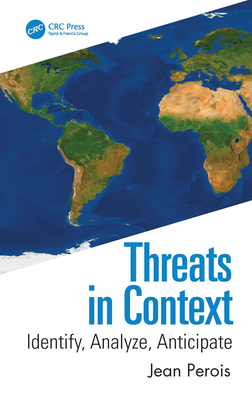
Threats in Context
上下文中的威胁:识别、分析、预测
军事理论售 价:
¥
1313.00
发货周期:国外库房发货,通常付款后3-5周到货!
作 者
出 版 社
出版时间
2022年12月13日
装 帧
精装
页 码
248
开 本
234 x 156 mm (6.14 x 9.21
语 种
英文
综合评分
暂无评分
- 图书详情
- 目次
- 买家须知
- 书评(0)
- 权威书评(0)
图书简介
Threats in Context: Identify, Analyze, Anticipate begins with the premise that a risk assessment is relevant primarily—and hinges upon—the correct evaluation of the threat. According to the author, all the other stages of the risk evaluation are, in fact, dependent on getting the understanding and measurement of the threat right. Despite this truism, many risk assessment methods (i.e., the process of determining the threat) tend to rush through a vague typology, offer minimal classifications, utilize an often-outdated list of potential malevolent actions—all of which are based on precedent occurrences. There should be a way to improve on this: a way to provide security practitioners and analysts better tools to deal with the task of analyzing threats and risk and to prepare for such contingencies appropriately. The book begins with a retrospective on the threats from the 1960s through to the present. The list is long and includes hijackings and airport attacks, piracy, drug smuggling, attacks on trains, pipelines, city-wide multi-site attacks, road attacks, workplace shootings, lone wolf attacks, drone attacks, bombings, IEDs, sniper attacks, random stabbings, and more. Terrorism, workplace violence, and active shooter scenarios all present asymmetric problems and unique challenges that require new ways of thinking, operationally, of risk to properly prevent, mitigate, and respond to such threats. The author demonstrates how to develop an appropriate methodology to define both current and emerging threats, providing a five-step process to self-evaluate—to determine an organization’s, a location’s, or a facility’s threats and to plan risk mitigation strategies to accurately identify, minimize, and neutralize such threats. Coverage progressively builds from correctly identifying the root threats—both global and local—to a subsequent understanding of the corollary relationship between thr
本书暂无推荐
本书暂无推荐















